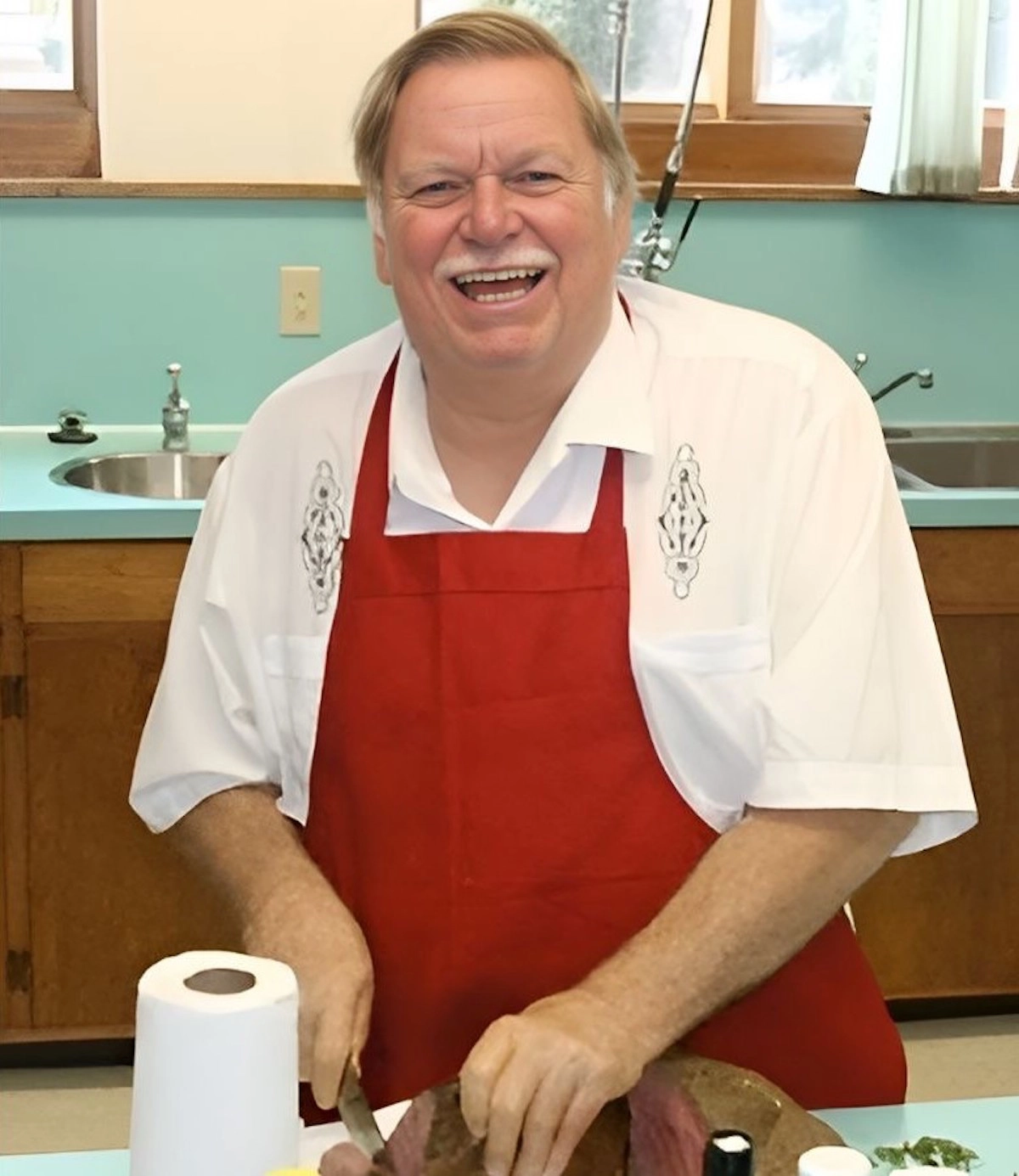By Scott Graber
It is Thursday, early, a surprisingly brisk morning for June. This morning I have my coffee and, my optimism notwithstanding, a newspaper full of pessimism and editorial bomb-throwing.
Today’s Journal also tells us about the June rush to the airport and preparations (by air carriers) to handle the millions of Americans who want to get themselves out of Indiana and into Italy.
Last summer my wife and I took a month-long ramble through England and then Italy. After the initial airport chaos at JFK; we found reliable, angst-free ground transportation provided by BritRail; and then Trenitalia.
Rail travel in England and Italy is still cheap and takes you into the heart of York, Gloucester and Perugia. In most cases you can walk from the station to your hotel and, of course, there is no “security” mandating the removal of Crocs or confiscation of one’s last, vintage bottle of Aqua Velva.
In the UK you walk through an often-empty station; board your “carriage” by climbing two or three steps in two or three seconds, then throw your almost bursting backpack into an often-empty overhead rack.
On one leg — Umbertide to Roma Tibertina costing us 12.45 Euros — we needed help because we had to change trains at the Ponte San Giovanni Station in Perugia. Knowing this, I found the stationmaster (actually an attractive, dark-eyed station-mistress) who did not speak much English. Nonetheless she endured my broken, Lonely Planet-learned Italian; and then patiently wrote-down a station-by-station, hour-by-hour itinerary to include a bus transportation component at the end.
In 1980 — when Susan and I made our first trip to Italy — we rented a Fiat Cinquecento (pronounced chinkway-chentow) at the airport. We drove the Autostrada from Rome to Umbria — where my wife’s sister lives — and then on to Gubbio, Citti de Castello, Perugia and Todi.
These are thick-walled, hilltop towns that don’t want Fiat Cinquecentos on their narrow, cobbled, pedestrian-clotted streets. In some of these hill towns, one parks in a lot at the foot of a mountain, then climbs (or takes an escalator) up the hill and into the center of the ancient city.
All of which brings me to Henry Grabar’s new book, “Paved Paradise — How Parking Explains the World.” Grabar (no relation to this writer) begins with America’s Original Sin.
In this case he’s not talking Slavery; Grabar’s writing about the “mid-20th-century consensus that the best way for cities to compete with booming suburbs was to make it easier to park downtown.”
“Neighborhoods were demolished” making way for car-friendly office towers. “Cities carved municipal garages out of public space.” Some American downtowns,”have more land devoted to parking lots than to buildings.”
In our neck of the woods, Charleston, led by Mayor Joe Riley, decided to build a multi-storied parking garage on every corner — a total of 14. His example was followed in Savannah (5), and in St. Augustine, all incoming traffic is routed to a huge building (1,200 spaces) within walking distance of the Disneyesque cornucopia of earthly delights available along St. George Street ($15 per vehicle).
Grabar says downtown garages have diminished and degraded urban living — “No city of any size could have permitted everyone to come by car and retain a vibrant downtown.” He says that in the end you’ve got to build or upgrade public transportation — trains, trolleys and buses.
But the problem in Charleston (and certainly in St. Augustine) is not only the open space lost to SUV storage; rather it is the daily surge of tourists who crash into the old, residential neighborhoods like Ansonborough, Cannonborough and Wragg Square. It is the loss of residential quiet, children kicking soccer balls, starlight, night-time inactivity and the two months (January and February) when “Charlestonians get their town back.”
In this connection I, have first-hand testimony from a new neighbor who is departing Ansonborough — in downtown Charleston — for downtown Port Royal. He is trading Calhoun Street for the (relative) quiet of 9th Street. Which is remarkable when I remember that my wife (in 1980) gazed upon our faded, unheated, partly renovated house and asked, “Where have you brought me?”
Those trepidations were reinforced by a shooting — at the Last Chance Saloon — several weeks later. Shortly thereafter came the “thinning” of Little Green Herons — an annual neighborhood celebration that involved shooting these birds out of our Magnolia trees.
“We do have an infant,” she reminded me at the time.
Scott Graber is a lawyer, novelist, veteran columnist and longtime resident of Port Royal. He can be reached at cscottgraber@gmail.com.






